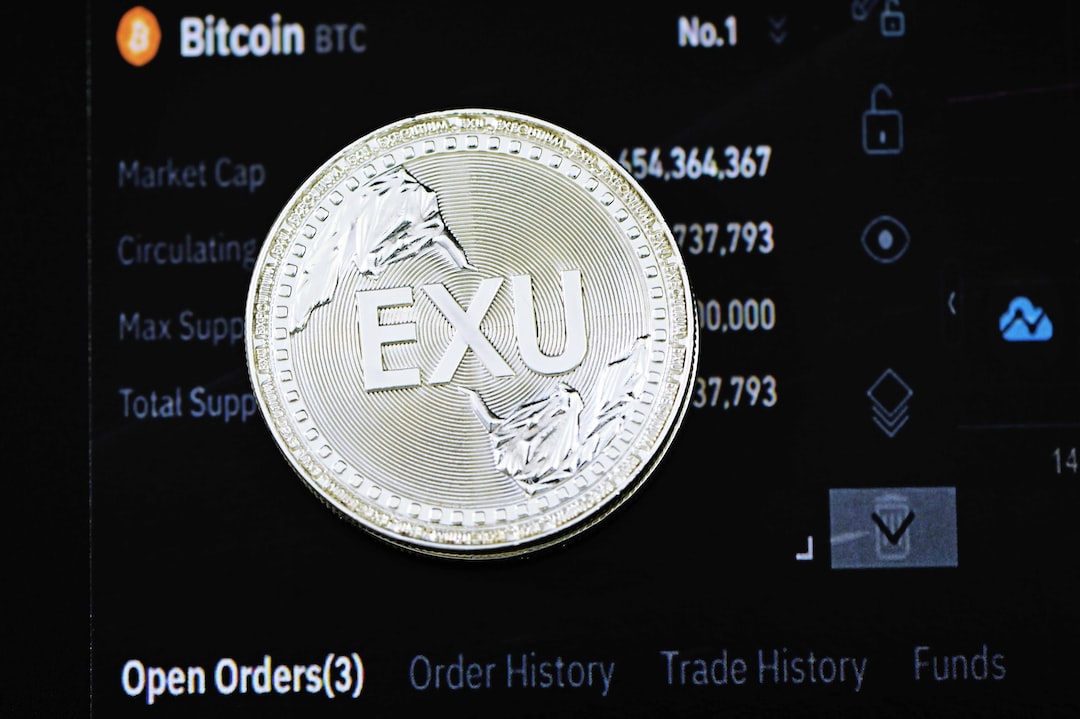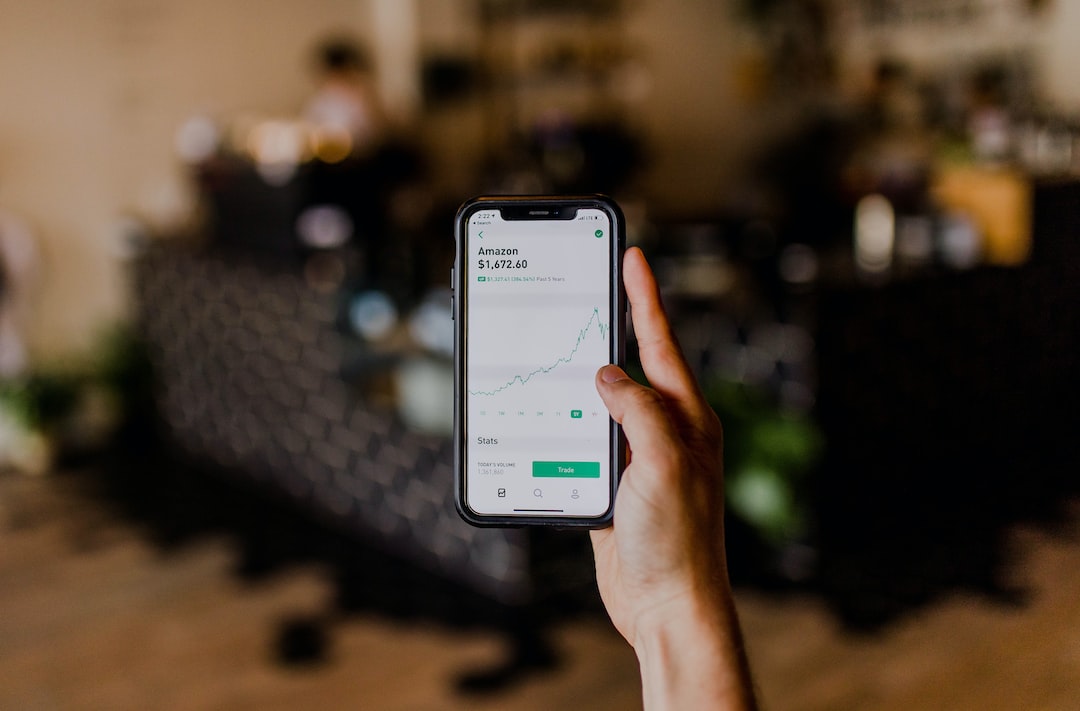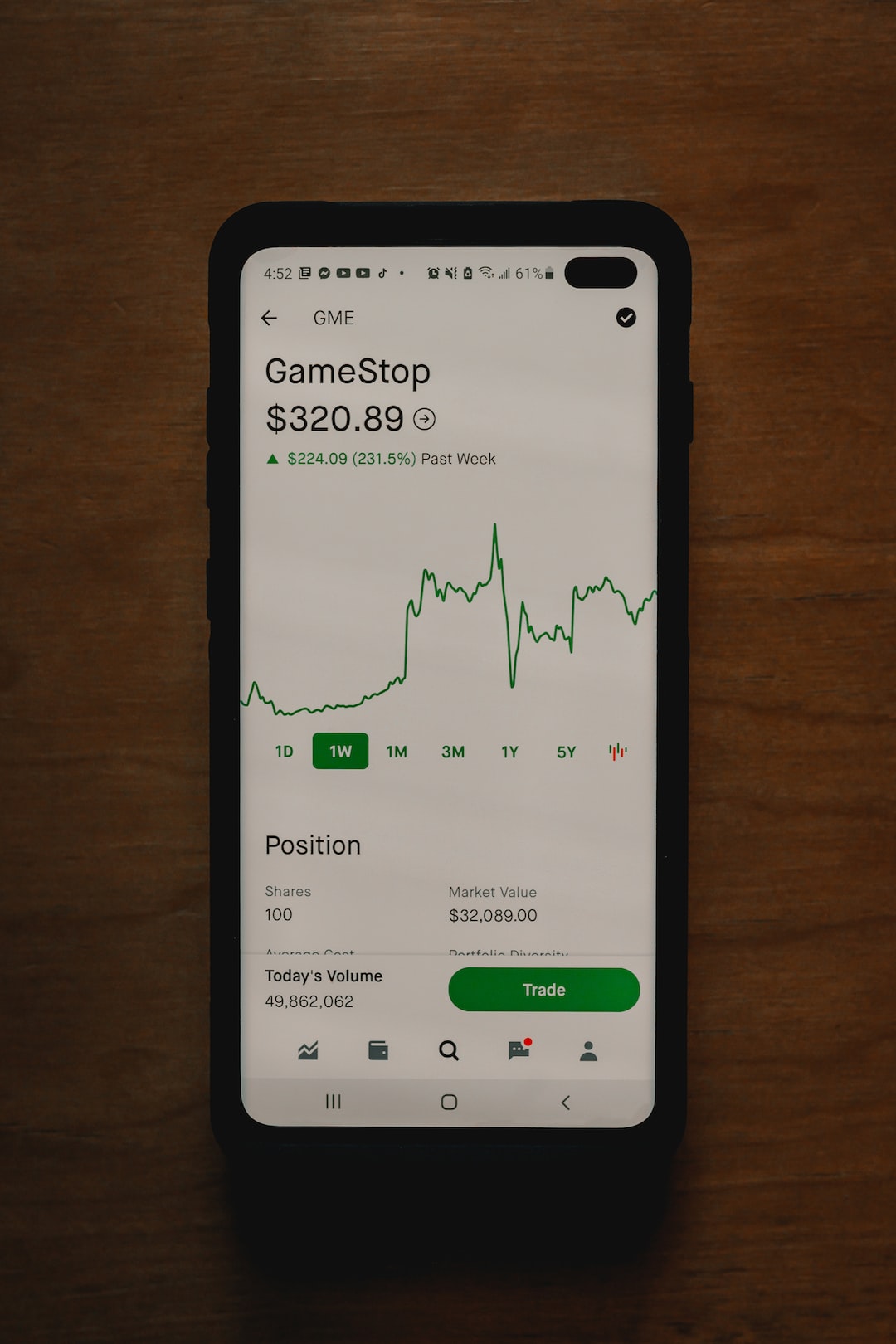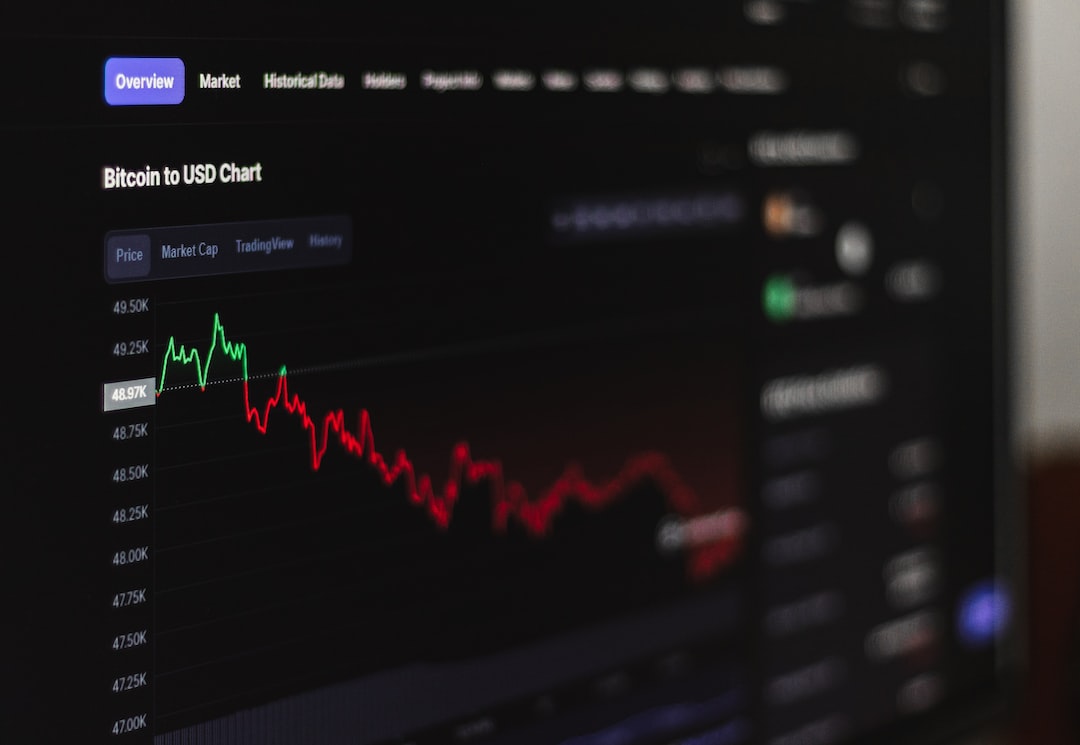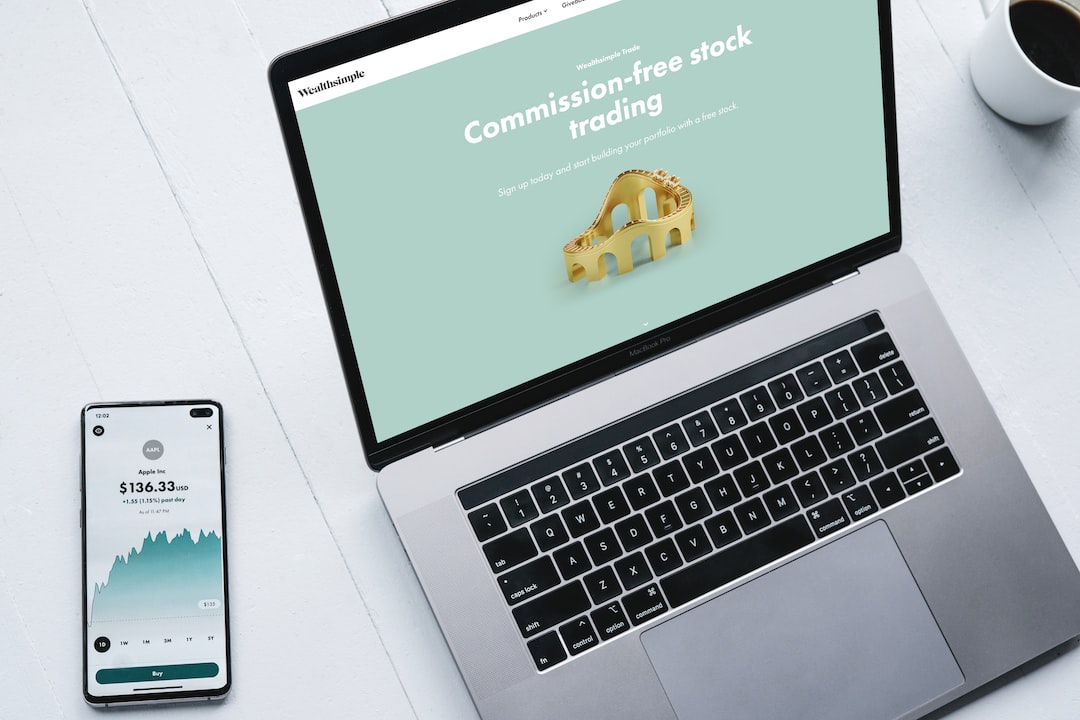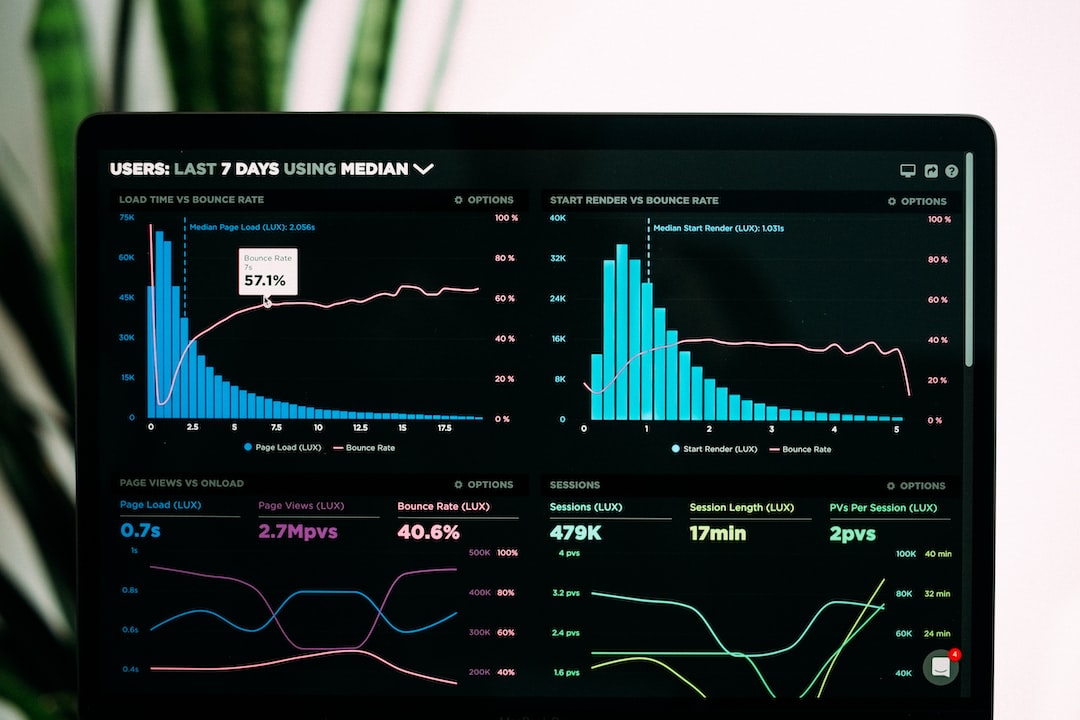The Impact of Daylight Saving Time on Forex Session Times GMT
Forex trading is a global market that operates 24 hours a day, five days a week. However, the timing of the trading sessions can be affected by Daylight Saving Time (DST) changes. DST is the practice of setting clocks forward by one hour during the warmer months to maximize daylight in the evenings. The implementation of DST can have a significant impact on forex session times, especially in relation to Greenwich Mean Time (GMT), which is the standard reference point for forex trading.
GMT is the time at the Royal Observatory located in Greenwich, London. It is widely used as a reference point in the forex market, as it provides a consistent time frame for traders around the world to coordinate their activities. However, when DST is in effect, the GMT offset changes, which alters the timings of the forex sessions.
The forex market consists of four main trading sessions: the Sydney session, the Tokyo session, the London session, and the New York session. Each session has its unique characteristics and trading opportunities, and the timing of these sessions can be affected by DST changes.
During the Sydney session, which is the first session of the day, forex trading activity is relatively low compared to the other sessions. This session starts at 10:00 PM GMT and ends at 7:00 AM GMT. When DST is in effect, the Sydney session starts an hour later and ends an hour later. This means that during DST, the Sydney session starts at 11:00 PM GMT and ends at 8:00 AM GMT.
The Tokyo session follows the Sydney session and is known for its high volatility due to the active participation of Japanese yen traders. The Tokyo session starts at 12:00 AM GMT and ends at 9:00 AM GMT. Similarly, during DST, the Tokyo session starts an hour later and ends an hour later, starting at 1:00 AM GMT and ending at 10:00 AM GMT.
The London session is considered the most important session in the forex market due to its high trading volume and the overlap with the other sessions. It starts at 8:00 AM GMT and ends at 5:00 PM GMT. However, during DST, the London session remains unchanged as the UK does not observe DST. This means that the London session starts at 8:00 AM GMT and ends at 5:00 PM GMT, regardless of DST.
The New York session is the last session of the day and is known for its high liquidity and volatility. It starts at 1:00 PM GMT and ends at 10:00 PM GMT. When DST is in effect, the New York session starts an hour later and ends an hour later, starting at 2:00 PM GMT and ending at 11:00 PM GMT.
The impact of DST on forex session times can have significant implications for traders. It can affect the liquidity and volatility of different currency pairs during specific sessions. For example, during DST, the overlap between the London and New York sessions is reduced by one hour, which can result in lower trading volumes and potentially less volatility.
Traders need to be aware of the changes in forex session times during DST and adjust their trading strategies accordingly. They should consider the impact of DST on currency pairs they trade and the specific sessions they prefer to trade in. It is important to stay updated with the DST changes in different countries to ensure accurate analysis and timing of trades.
In conclusion, Daylight Saving Time can have a noticeable impact on forex session times, especially in relation to GMT. Traders must be aware of the changes in session timings and adjust their trading strategies accordingly. Staying updated with DST changes around the world is crucial to maximizing trading opportunities and minimizing potential disruptions caused by time differences.
























